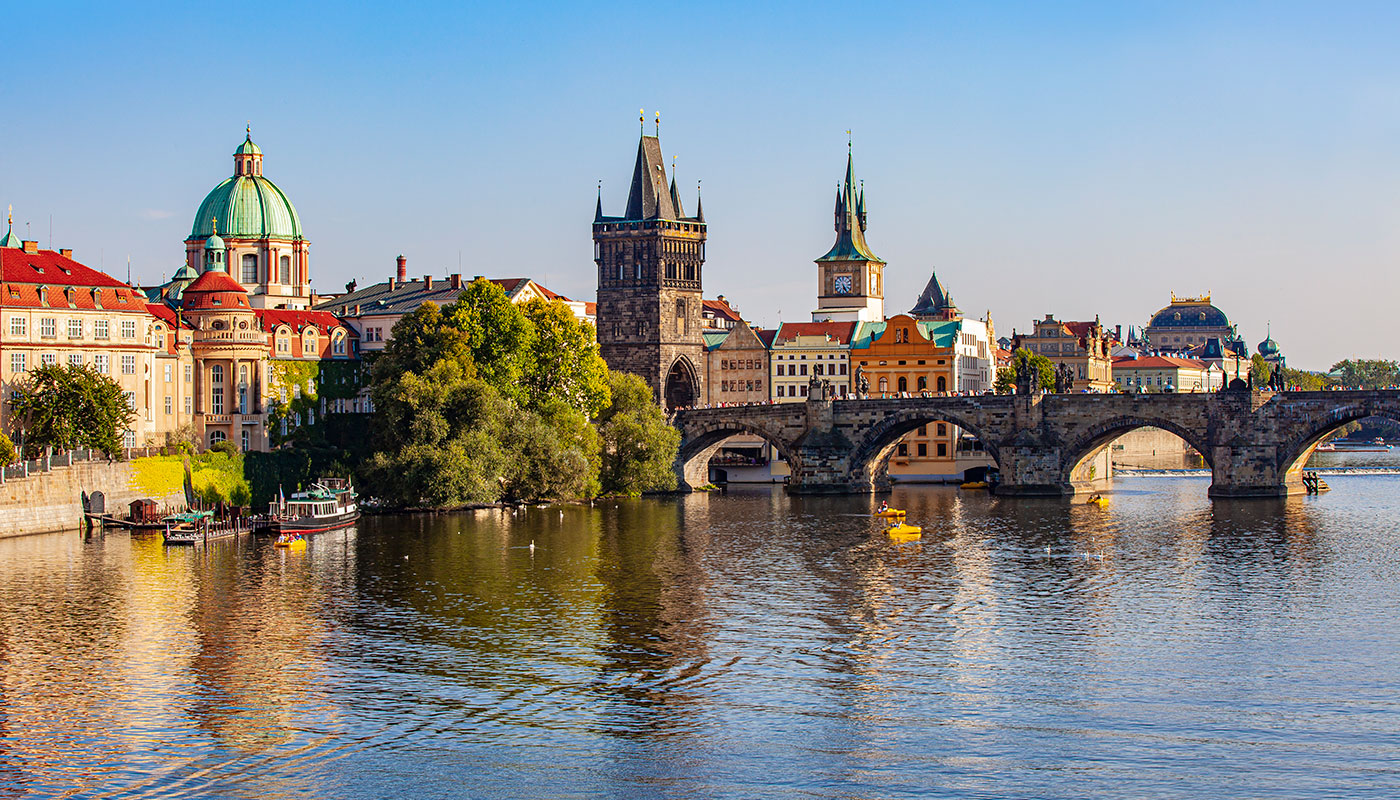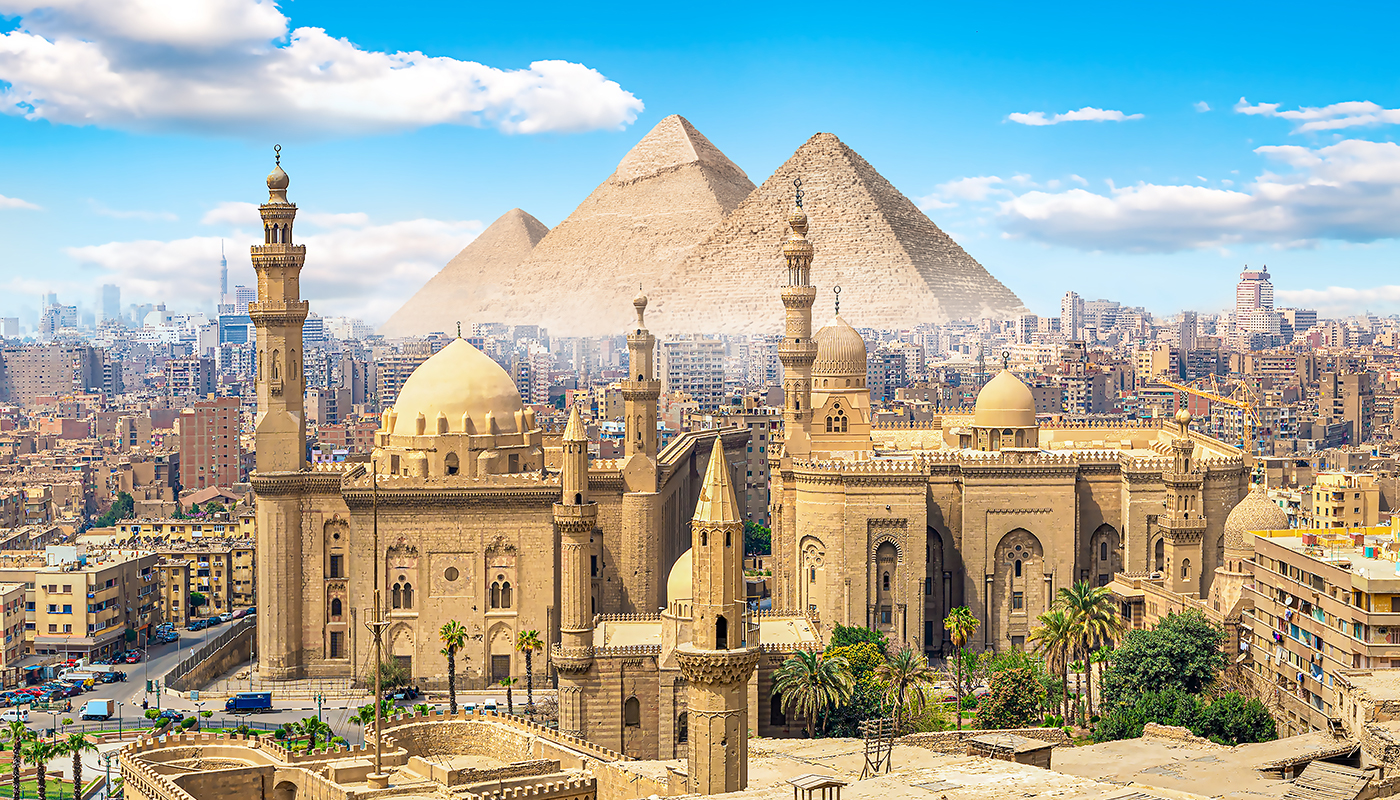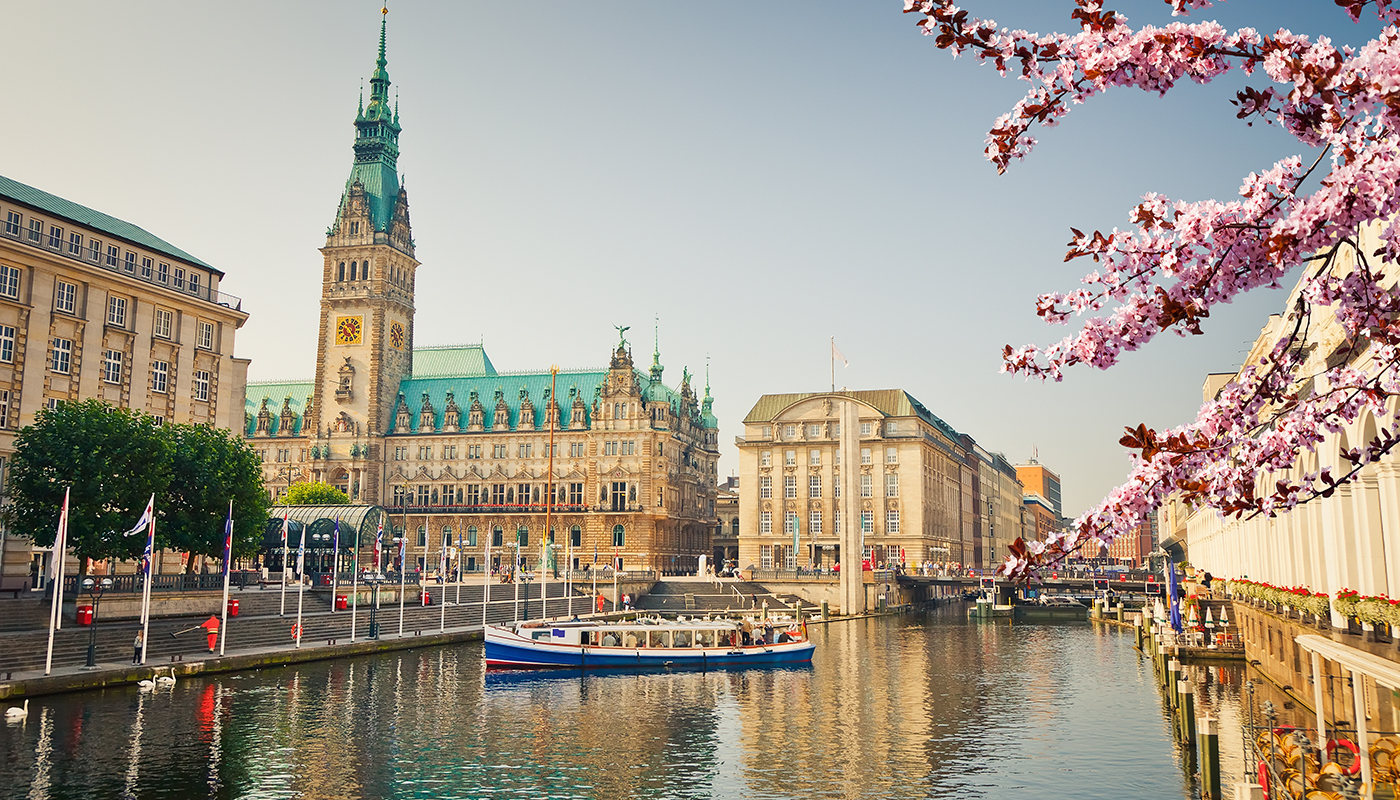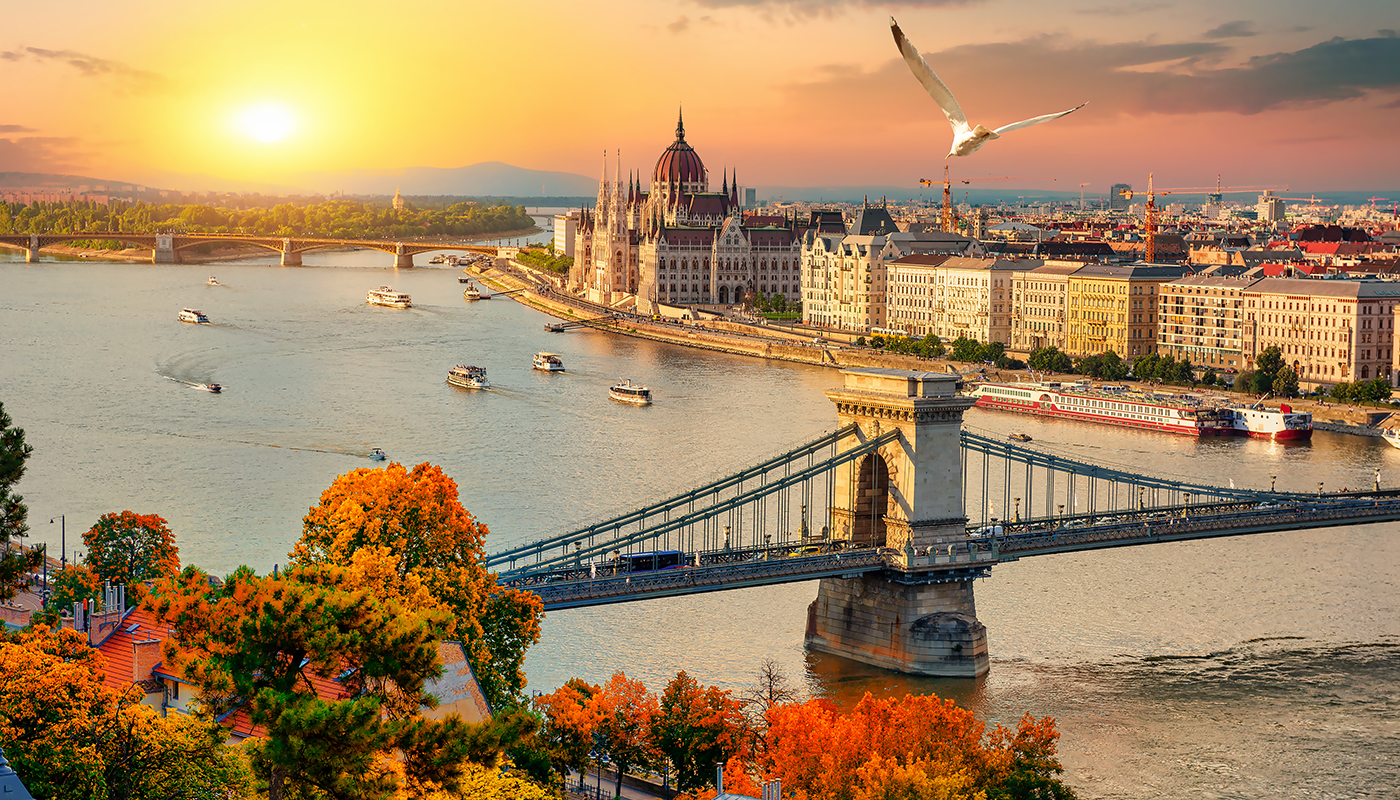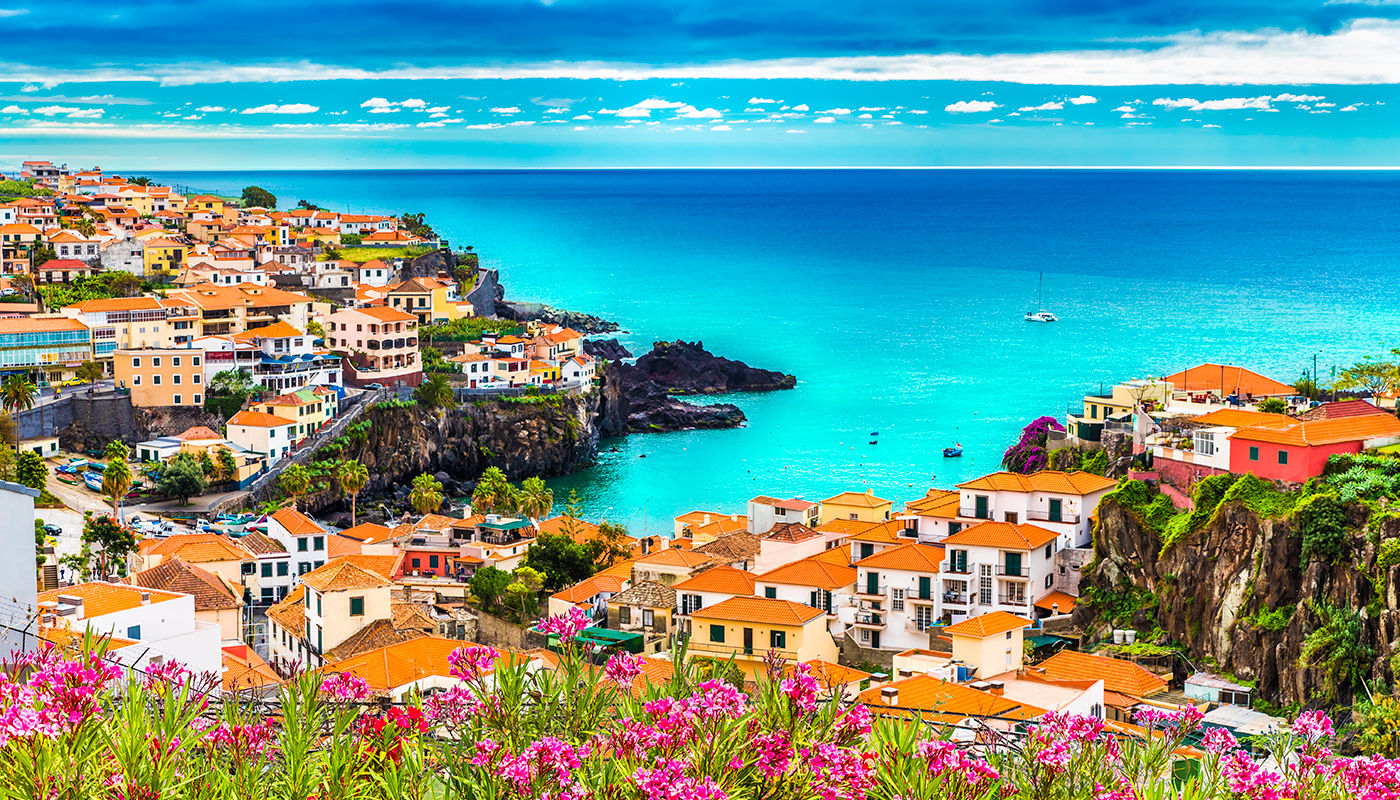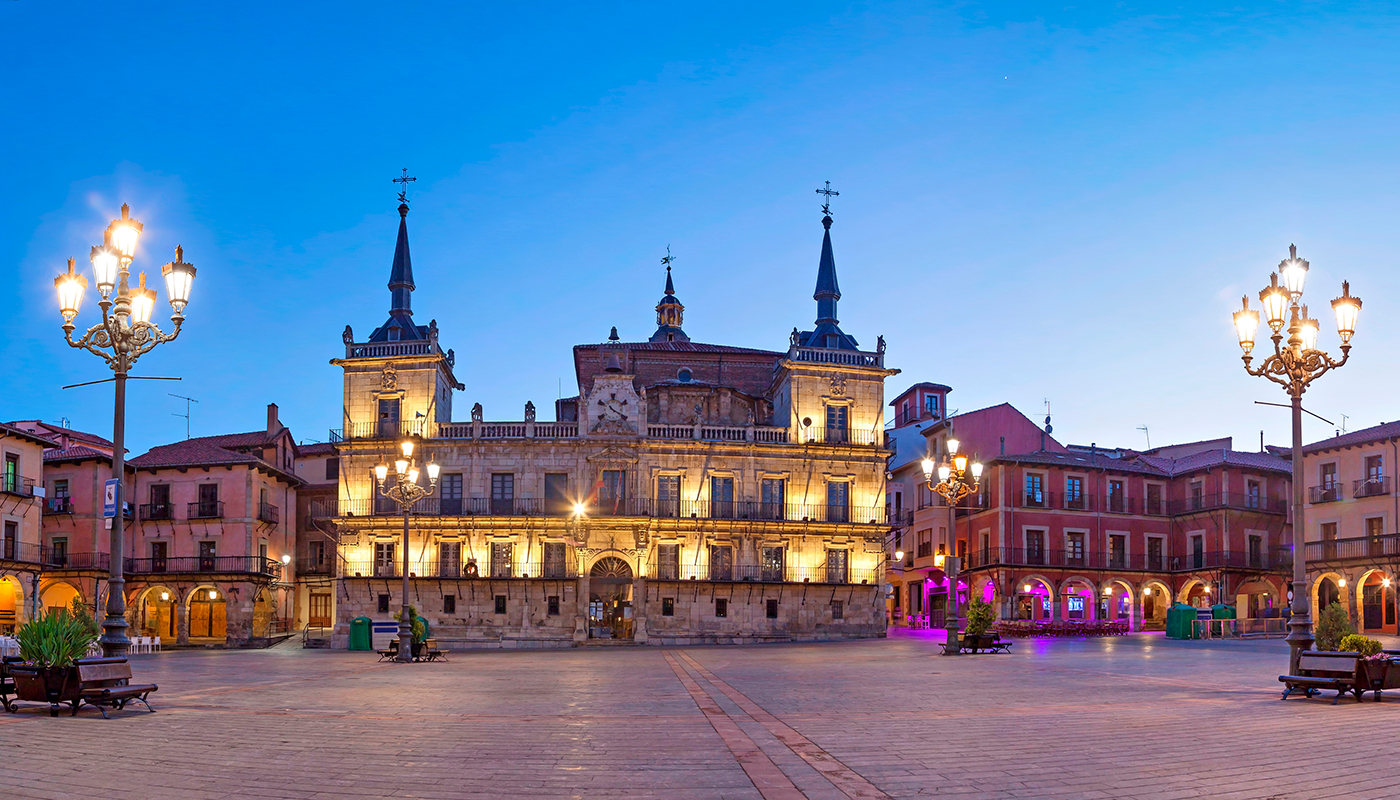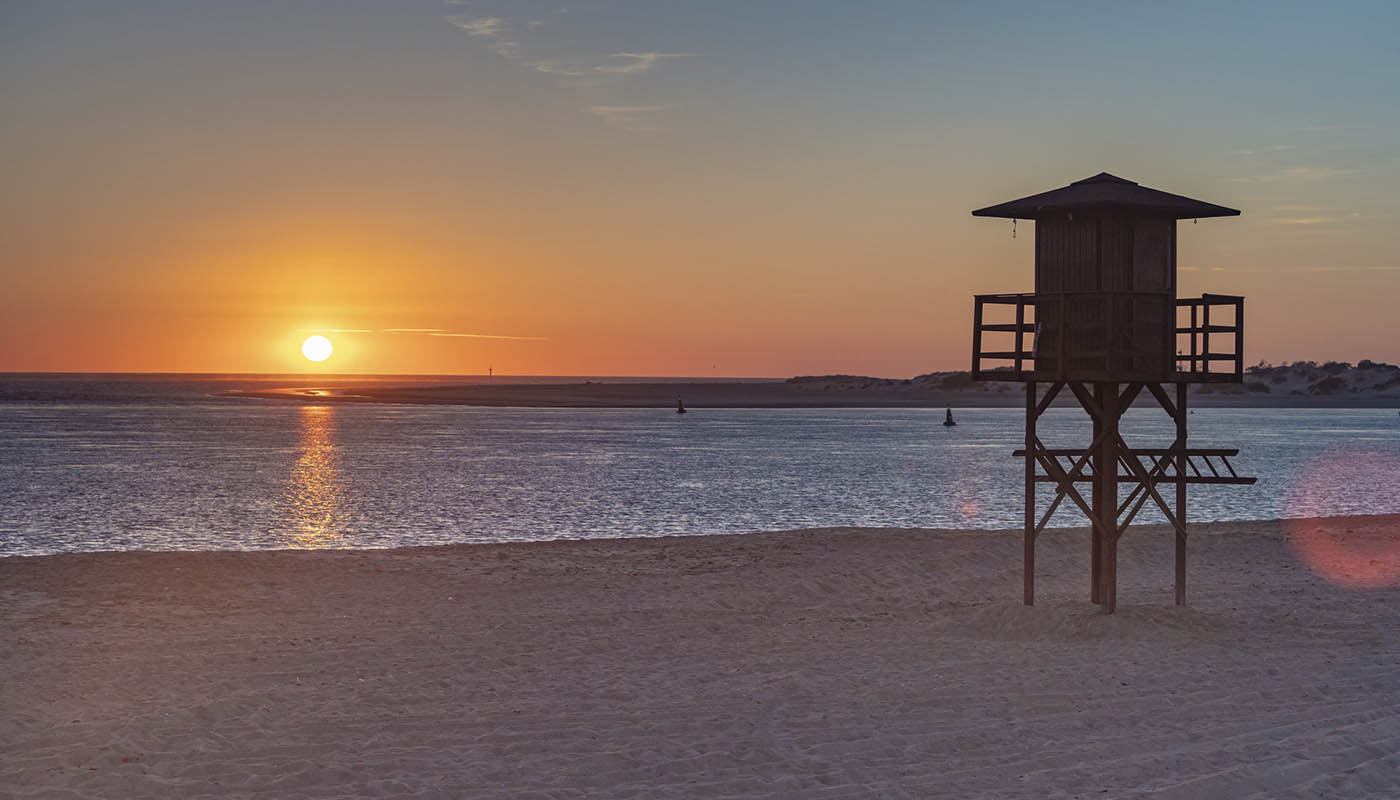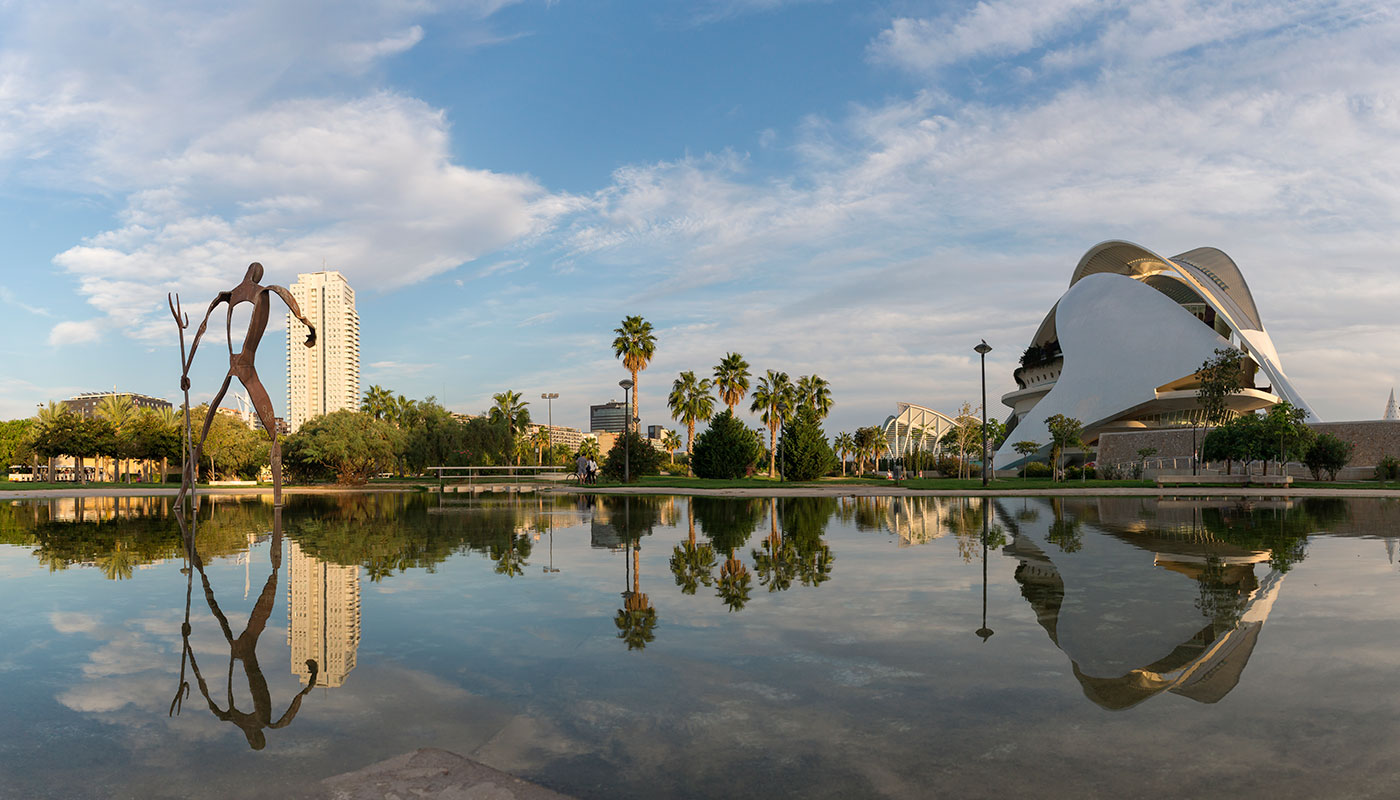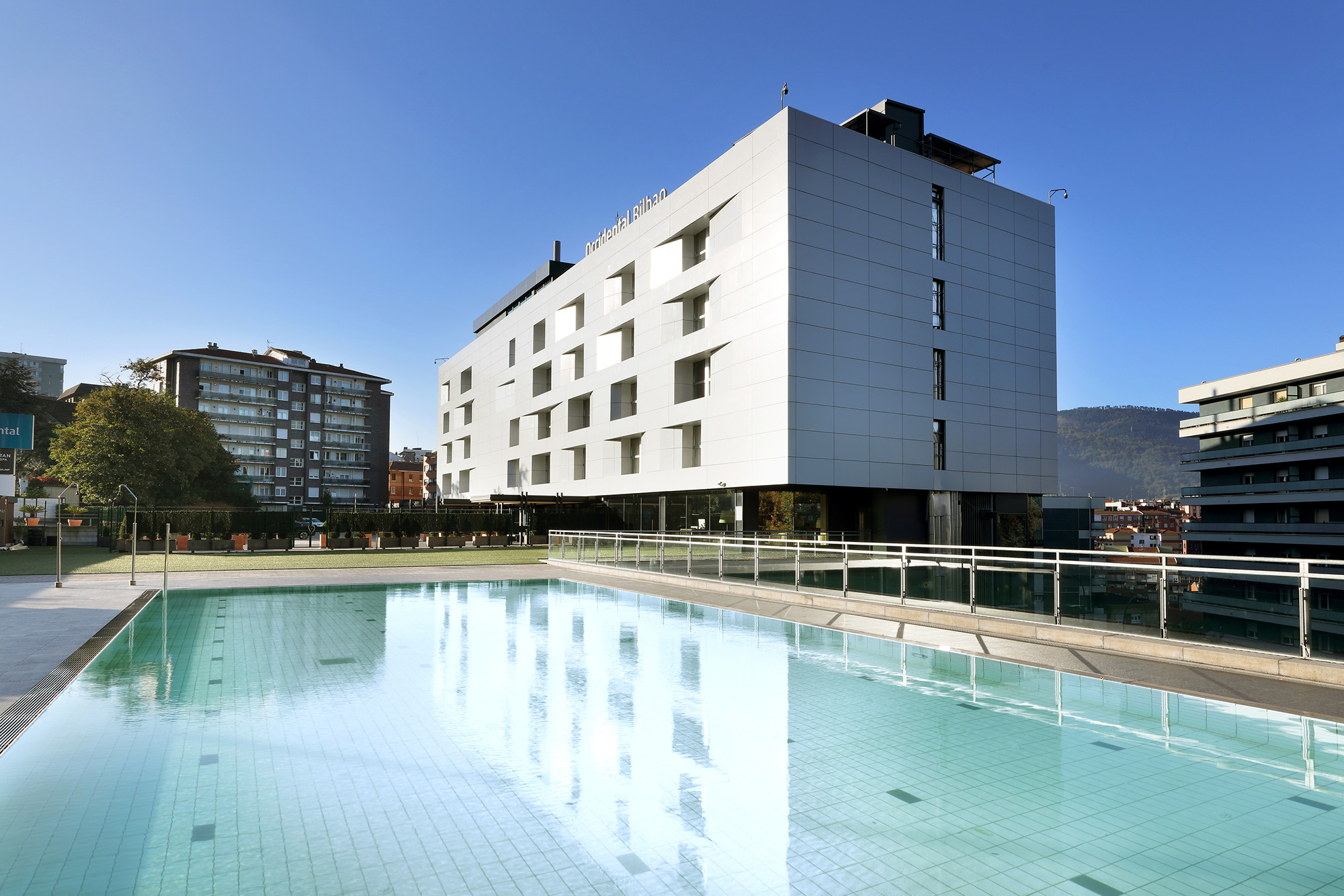Urkiola Natural Park is an area for everyone. Families with children, couples, friends or lovers of hiking and climbing can enjoy their visit, exploring the beech, pine and oak forests, the streams that run through the valleys, the steep cliffs and the beautiful plains where horses and sheep graze. In addition, some 700 species of flora and 140 species of vertebrate fauna roam freely, bringing life to Mount Urkiola.

Urkiola Natural Park, an area surrounded by magic
Urkiola Natural Park, a 40-minute drive from Bilbao, is located in the provinces of Álava and Vizkaya in the Basque Country. The area covers almost 6,000 hectares of great natural and scenic value, encompassing the mountain ranges of Aramotz Sierra, the Duranguesado hills and Aragio Sierra.
There are no large population areas in this Nature Reserve, just a few small, centuries-old farmhouses scattered throughout the mountain. Nevertheless, the area has been occupied since prehistoric times and has historically been the main communication route between the north coast and central Spain, and has also been the scene of bloody battles.
Due to the high degree of isolation and the rural environment, there are numerous myths and legends about Urkiola. At the highest point of the park, on one side of Mount Amboto, lives Mari. She is the personification of mother earth and a deity from Basque mythology. She can control the weather and crops plus punish lying, stealing and pride. They say that, when the clouds are trapped on top of the mountain, this is because Mari is cooking.
Another myth has it that the Gentiles are located on the southern slopes of Aramotz Sierra. Also known as pagans, these beings with superhuman strength would throw rocks to build churches, caves, arches and bridges. With the arrival of Christianity, many of those legends and traditions were abandoned, although some still remain.

Things to see: towns and places of interest
Amorebieta
Located in the Duranguesado region in the province of Vizcaya, this small town which used to be a stop-over has several neighbourhoods and places of both architectural and historical interest. They include the Church of Saint Mary of Amorebieta, the 17th-century Baroque tower and the Echano parish. In the past, this town had the boundary stone that separated the Lordship of Biscay from the Kingdom of Navarre.

Sanctuary of Saint Anthony
Also known as the Urkiola Sanctuary, this temple is one of the oldest and most venerated in the province. Just 150 metres away is the spectacular viewpoint of the Tres Cruces de Urkiola, where you can see the Duranguesado crags. The stones used for building the temple are believed to have been thrown down from the mountain by the Gentiles. In addition, the water that falls from both sides of the roof flows into two different basins: one into the Mediterranean and the other into the Atlantic.
Different traditions are also celebrated in the temple such as the blessing of the children, where mothers offer their children under one year of age to Saint Anthony, after spending the night in the sanctuary, and accompany this with an offering (usually wheat, wax or oil) that equals the child’s weight. Also, the rock at the entrance of the church is said to help those who walk around it to find love.

Durango
This small town in the Urkiola region has a beautiful old quarter. There you will see the Kurutziaga Cross, the parish church of Saint Anne, the beautiful baroque façade of the Town Hall, the oldest church in the province, i.e. the church of Saint Peter of Tabira, the Lariz Tower, where Isabella I of Castile slept, and Garai Palace, the former municipal library.
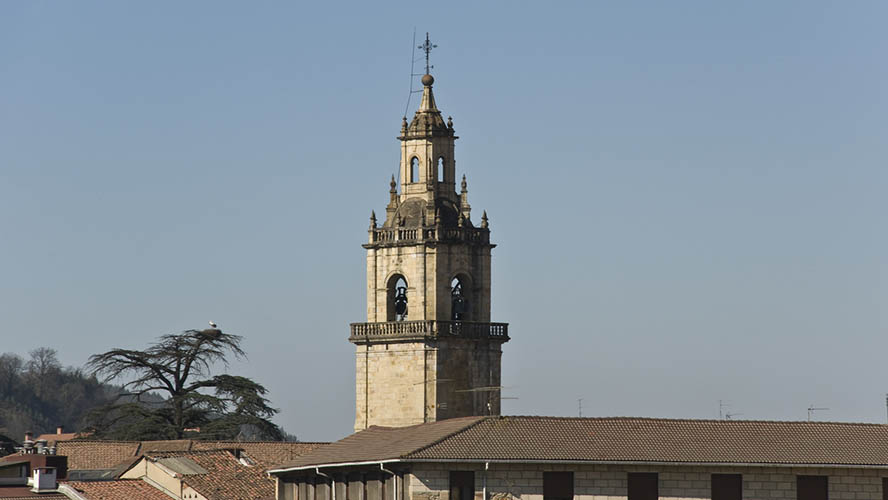
Atxondo
Watched over by the imposing Amboto peak and surrounded by extensive valleys and scattered farmhouses, this village has numerous hiking trails that will help you fully enjoy the idyllic surroundings. Opposite the church of Saint Martin stands the ruined tower of the Marzanas, once the most powerful family in the valley.

Axpe
With some 200 inhabitants, this small village just a few minutes from Atxondo is notable for the hermitage of Saint John the Baptist, which was converted into a parish church in 1552. The few houses dotted along the valley have been maintained thanks to agriculture and livestock farming, as well as mining in the area. On the other hand, and due to the influence of the Marzana family, they also had hardware stores.

Hiking trails at Urkiola
Hiking through the park is one of the best ways to get to know the area. Also, many of the trails at Urkiola are old paths that used to connect the farmhouses with the main towns. They are paths full of stories and adventures.
Camino de Urkiola trail
This 10-kilometre, 3-hour route starts in the town of Durango, crossing Mañaria and finishing at the Tres Cruces viewpoint, next to the Urkiola Sanctuary.

Amboto circular trail
To get around the peak you have to walk about 13 kilometres on a path that is not too rough and provides a changing landscape. If you are at the Urkiola Sanctuary, there is also a classic trail up to Amboto, which is about 11 kilometres long and has spectacular views.
Arrazola greenway trail
At the foot of Amboto, a well-kept greenway crosses the Atxondo valley from north to south. It is 5 kilometres long and is perfect for families and children, even with pushchairs, as the terrain is made of compact gravel.

Saibi trail
Also suitable for children, this 5-kilometre route of low difficulty is ideal for enjoying the clean mountain air. The trail starts at the Toki Alai Visitor Centre, although all the routes are signposted.
In addition to hiking, climbing is very popular in this area. One of the most spectacular spots for this is the Atxarte gorge, between the Alluitz and Astxiki mountains. There are around 400 climbing routes in total.
How to get to Urkiola Natural Park
From San Sebastián or Bilbao, the quickest way is by car along the A-8 road, using the Durango exit. Once there, you must go along the BI-623 road, which links Durango with Vitoria-Gasteiz, crossing the park from north to south in the middle.
There are numerous car parks available, although another option is to use public transport. There is a line that connects Durango with Vitoria-Gasteiz and runs every hour.








